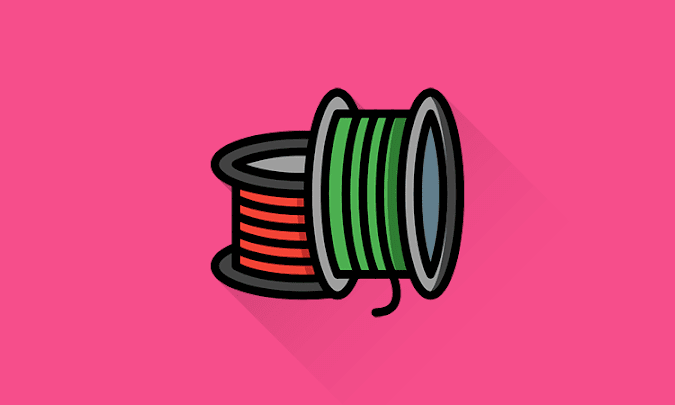Defects In Wire Drawing
Wire Drawing Defects
Structural damage can manifest in different forms in wiredrawing processes under specific conditions, such as voids or cracks. It is important to control the metal flow to prevent defects during drawing. Improper selection of process parameters and lubrication can lead to various surface defects in drawn products. Mould characteristics and friction heavily influence the process. It is worth noting that defects during drawing are similar to those observed in extrusion, particularly centre cracking.
Centre cracking: One of the most common defects observed in drawn products is internal cracking, which typically occurs along the centerline of the product. This type of cracking results from improper metal flow that creates high internal stresses within the material. Internal cracking is particularly prevalent when drawing heavily cold-worked copper under conditions of light draft and very large die angles.
Various factors, including the die angle, the reduction per pass, friction, and the presence of inclusions within the material, influence the tendency for cracking in drawn products. Tendency for cracking increases with decreasing reduction per pass and friction. Specifically, increasing the die angle can exacerbate cracking tendencies. Inclusions, such as impurities in the material, can also increase the likelihood of cracking. By understanding the root causes of internal cracking, manufacturers can take proactive steps to minimize its occurrence and ensure the production of high-quality products.
Surface defects: Improper selection of the drawing method and inadequate lubrication are two common causes of surface defects in drawn products. These defects can take various forms, including seams, scratches, and cracks, all of which can negatively impact the product's quality and performance. Transverse surface cracking is a particular type of defect that can occur because of longitudinal tension stresses in the surface layers.
Seams are another type of defect that can occur during wire drawing. Seams are longitudinal scratches or folds in the material that can open during subsequent forming operations, including upsetting, heading, thread rolling, or bending.
The high speeds involved in metal drawing operations create a significant risk of damage to the work material from the die. To prevent this, it is essential to provide appropriately designed entry and exit zones that can accommodate high speeds and to protect the work material from damage caused by the die.
Bulge Formation: Bulge formation is another common issue that can arise in the metal drawing process. This phenomenon occurs in front of the die and is typically caused by low reduction and high die angle.
How To Eliminate Drawing Defects
Here are some ways to avoid wire drawing defects:
Use proper lubrication. Lubrication is critical during wire drawing to reduce friction and heat generation. Proper lubricants can help avoid defects like scratching, galling, and breaking of wires.
Maintain proper die and guide geometry. The dies and guides used in the wire drawing process should have the proper shape, clearance, and alignment to reduce stress concentrations and friction. Worn or damaged dies can cause defects.
Control the drawing speed. Drawing wires too fast can generate excess heat and stress, while drawing too slow can cause non-uniform reduction and defects. An optimal speed should be determined.
Apply appropriate tension. Excessive or uneven tension during drawing can cause wires to break or become wavy and crooked. Proper tension control is needed.
Reduce temperature build-up. The heat generated during wire drawing can cause the wire to soften and stick to the dies. Using proper lubricants and controlling the drawing speed can help dissipate heat and reduce temperature build-up.
Avoid wire bending. Sharp bends or kinks in the wire before drawing can become stress concentrators and initiate cracking or breaking during drawing. Straighten wires before drawing if needed.
Inspect wire regularly. Frequent inspection of drawn wires can catch defects early before they become severe. Inspect wires for breaks, cracks, scratches, non-uniformity, and other defects.
Those are some of the key things to keep in mind to help minimize wire drawing defects and produce high quality drawn wires.


